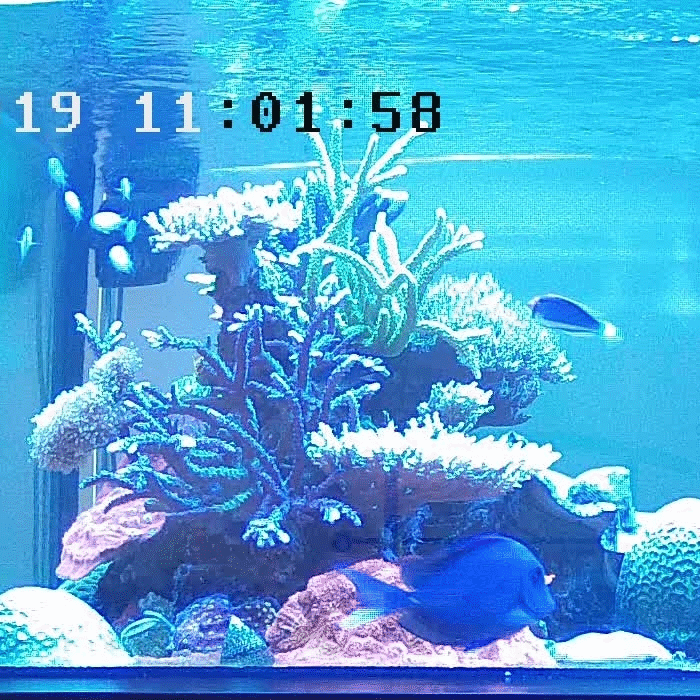Yes, you are right. That’s exactly why we did our best to ensure LEDs used in the BEAMS lights, last as long as possible. All our circuit solutions designed to make LEDs last longer are described in detail in the description of the BEAMS lights. Let’s quickly restate them here.
1. In most cases, drivers inside the BEAMS lights work without pulse-width modulation. Pulse-width modulation shortens the lifetime of LEDs, and leading brands produce special kind of LEDs specifically designed to be used in pulse-width modulation mode.
2. Majority of LEDs used in LED assemblies have an estimated lifetime of 1 million hours.
3. The most delicate LEDs - violet LEDs - need no more than half of the maximum electric current, or even less than a quarter in most cases.
4. The BEAMS lights have a special LED circuit board that has thermal conductivity that is 10 times higher than the cheap circuit boards used in most aquarium lights.
5. Because in most cases LEDs receive direct current and not PWM, the amount of current needed is less than 50% of the maximum possible amount. It’s important also because reducing the electrical current by half, makes the lifetime of LEDs four times longer. Let us remind - in case of PWM, the lifetime of LEDs is hit with a double whammy: the pulsating current itself and the fact that LEDs receive maximum current from the driver at all times.
Therefore, in most cases, the lifetime of LEDs in the BEAMS lights is so long that it’s hard to estimate it closely. That is why we state it as >>100,000 hours for Safe mode and ~100,000 hours for Normal mode in the specification, even though our estimations, based on the data from LED manufacturer’s, show values that are significantly higher. Exact lifetime of the LEDs is hard to determine because when they work in such ‘light-load’ mode, the graphs that are used to calculate the decrease in luminous intensity either do not show the lifetime of the LEDs at all or show it as a straight horizontal line.
Of course, the real lifetime of the light depends on many factors, not only the lifetime of LEDs. For example, we can’t guarantee that the power supply unit will work for more than 10 years even though we use some of the best power supply units available. Or, for example, we don’t know what is going to happen to the light diffuser in 10 years. But both of them can be easily changed so the overall lifetime of our lights, most likely, will be very long :)

